Note: Part one of this blog has attracted a rather startling amount of pushback from Internet commenters and via email. Turns out that if you speak about mead in anything but hushed, reverent tones, mead traditionalists get all soggy and hard to light, and will brand you a “hater”.
I’m not trying to disrupt for disruption’s sake, I’m here as a non-mead drinker trying to figure out how to make mead I’ll enjoy. The fact that anyone who doesn’t adore and love mead with their heart, soul, and passion would speak about it shouldn’t sadden mead lovers. Maybe the takeaway is that there are different points of view out there that keep mead from being a mainstream beverage, despite its potential: why not learn about them?
Anyway, who cares. Let’s talk about mead.
Honey
As a non-consumer of honey, I wanted to give my mead a fair shake by getting the best bee-juice that I could lay my hands on. Costco sells buckets of honey quite cheaply, and there’s a popular honey outlet not too far from where I live, but I was hopeful that I could do a little better than mass-market stuff. I heard from an apiarist friend that the BCB Honey Farm was run by fanatics who took honey extremely seriously, to the point of treating it like a sacrament and a medicine as opposed to a foodstuff.
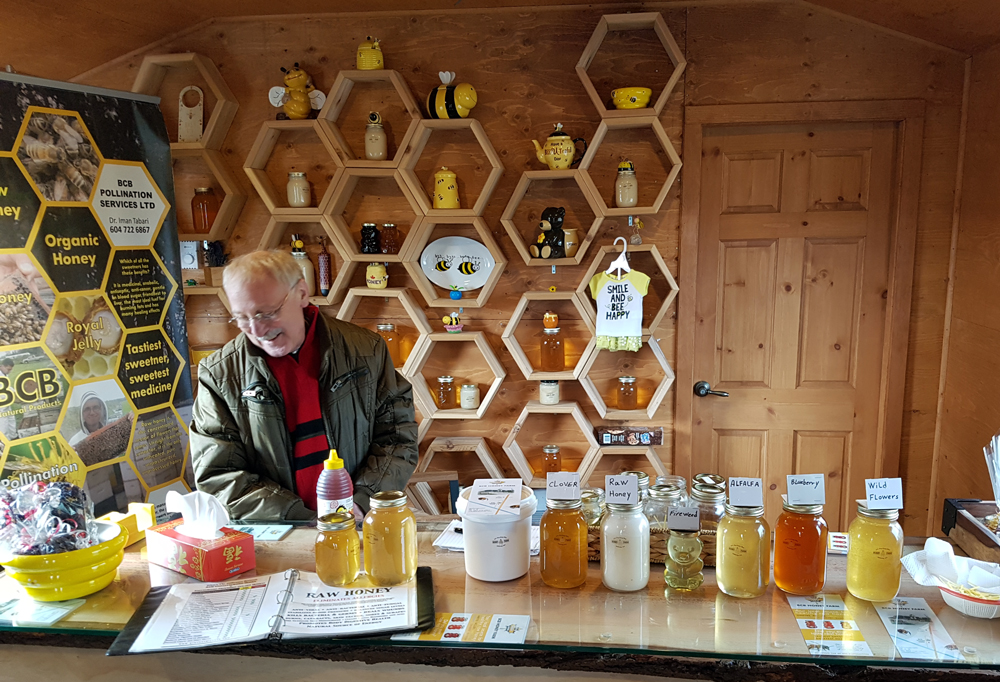
I thought he was exaggerating, but it turns out that was the truth: Dr. Iman Tabari came to Canada to produce medicinal honey and help reverse the decline of honey bees. Entering his shop I got a lecture on how most honey was not worth the money, how his stuff was almost perfectly monocultural, and how it was processed to preserve a whole host of innate qualities that were destroyed by traditional methods.
My woo-meter was off the chart, but I noticed something interesting. All of his honey samples, even ones from crops that got a lot of colour in them, were much lighter in hue than I was used to. One of my issues with most honey is a dismal cooked-sugar character that made it taste blandly caramel-like. Could he be on to something with his processing? The only way to find out was to (gulp) taste the honey.
So I did.
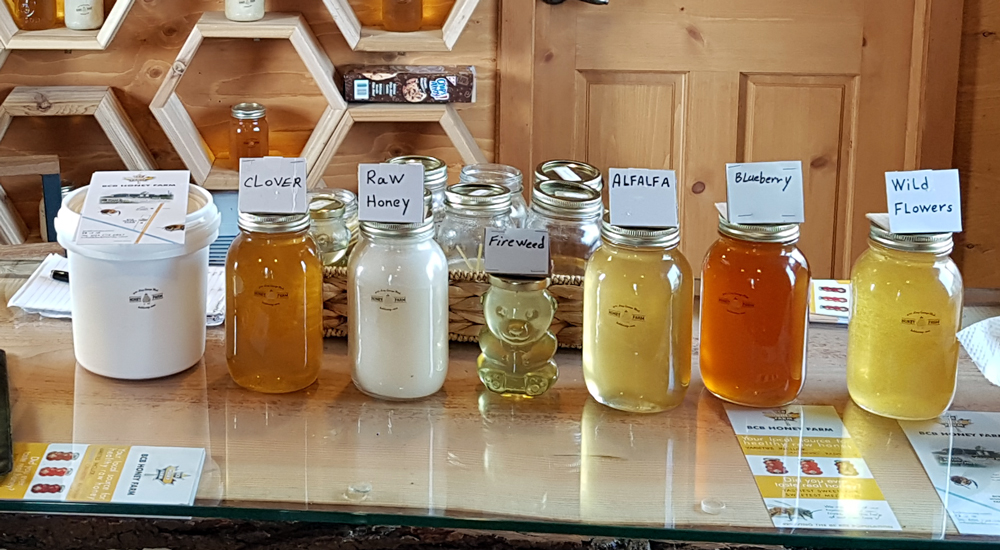
The honey was delicious. Far from the bland, caramelised goo I was expecting, it had a light, nectarous and floral character with a very clean, pleasant aftertaste. Not only did I buy a big jar for my mead, I bought another for the house, and I’ve even eaten some on toast.
One other thing about this honey: it is absurdly expensive, $50 for a four-pound jar. The proprietor averred that mass-market honeys were cheaper because of issues with what the bees were fed, and some were perhaps adulterated to an extent. I can’t comment on that because I have zero knowledge about the honey trade, but given the difference in quality between his honey and every other I’d ever tried, I had to concede that there was something going on.
The Other Ingredients

In addition to my jar of honey and sugar to boost the gravity, I rousted the freezer and turned up some rhubarb and raspberries, both from my garden from last year. Hitting the produce store I got a few stalks of lemongrass, lemons and some ginger. I sanitised all of my equipment and got to work.
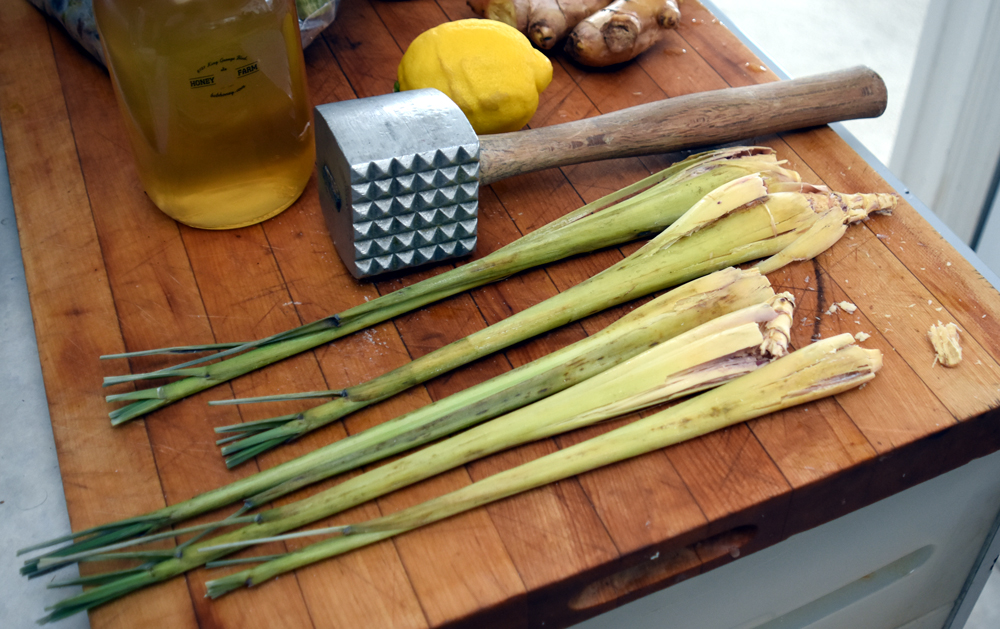
I washed the lemongrass and bashed it to open the stems and tossed it into the fermenter.
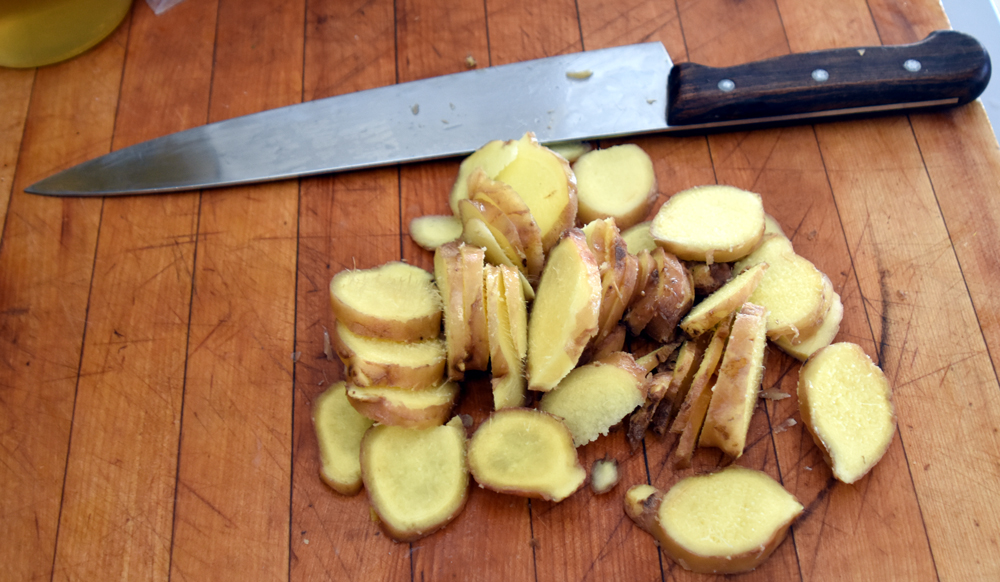
I hacked my ginger into medallions and they went in too.
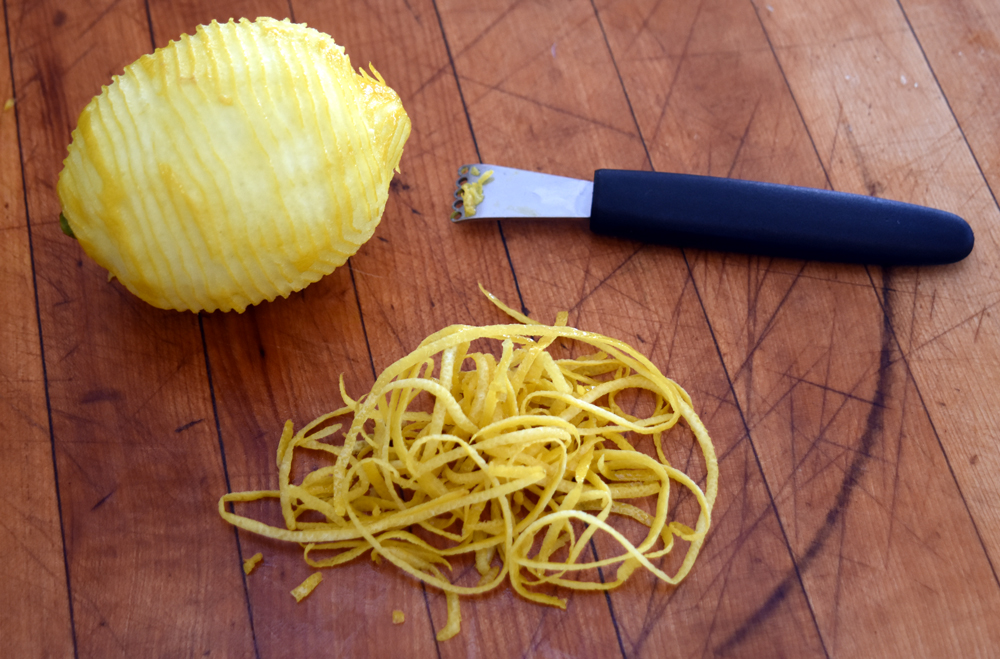
I zested a whole lemon and tossed it in.
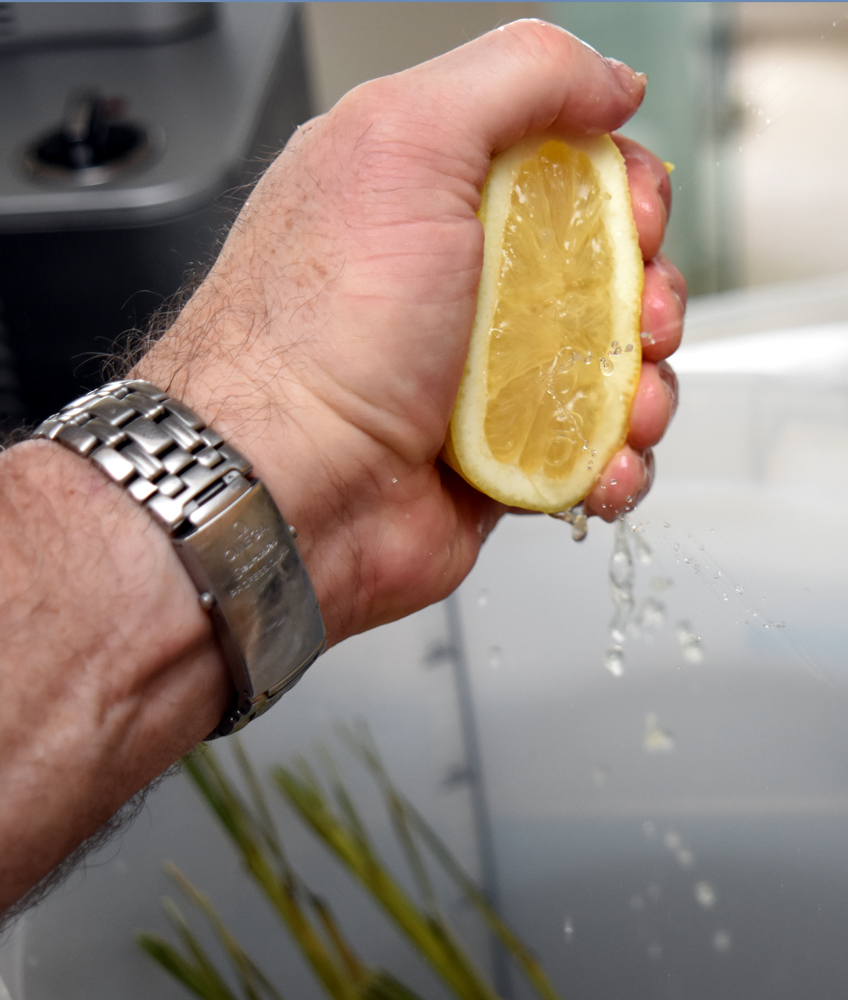
I squished the lemon and tossed that in.
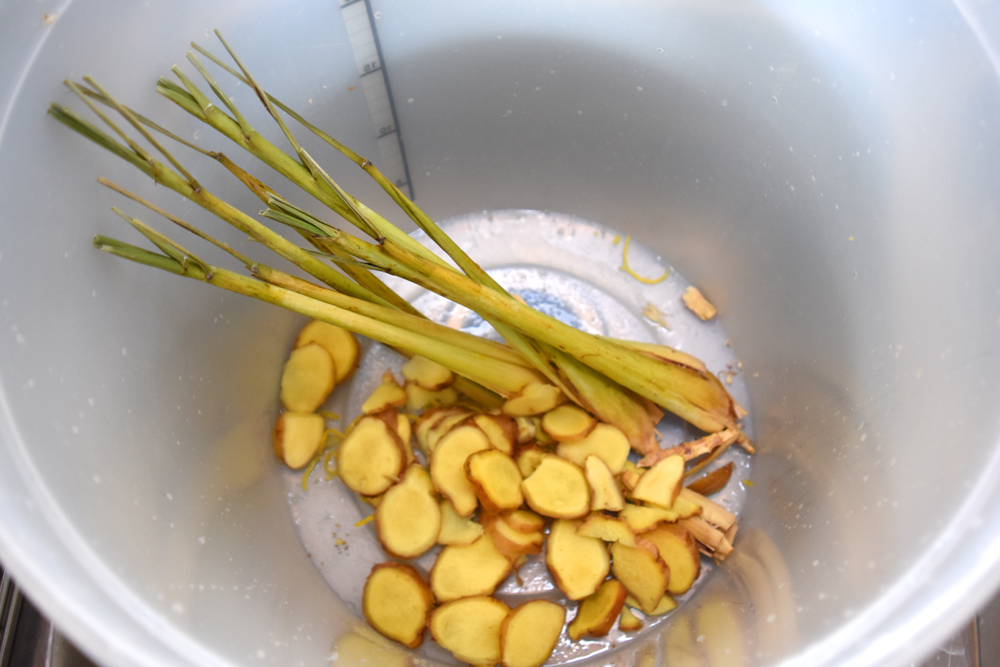
With those things in, it was time to concentrate on the fruit and sugar.

I prepped the sugar by dissolving it in boiling water that had 20 grams of tartaric acid in it. Acidulating the water causes the sugar to invert. This has a bunch of effects (principally that the sugar won’t crystallize out of solution after that) but I did it because I wanted to put it there so I didn’t forget to add it to the bucket–the acid was there to balance flavour and reduce pH.

I brought the water back up to a boil and added my raspberries and rhubarb. I left it on the heat to bring it back up to 160F. The fruit was previously frozen and then thawed, which helps break down the cell walls and release the juices. If I was making a higher-alcohol beverage I would have simply dumped ten pounds of sugar onto the frozen fruit and left it for a week. The sugar acts like brine, drawing liquid out of the fruit and bursting the cells through osmotic pressure differential, while the high sugar levels prevent bacterial growth. As I was shooting for around 1.050 in starting gravity, I couldn’t use that much sugar, so I took this route. Also, remember that if you don’t like this type of drink, you can head out to the Orangina website and get some beverages.
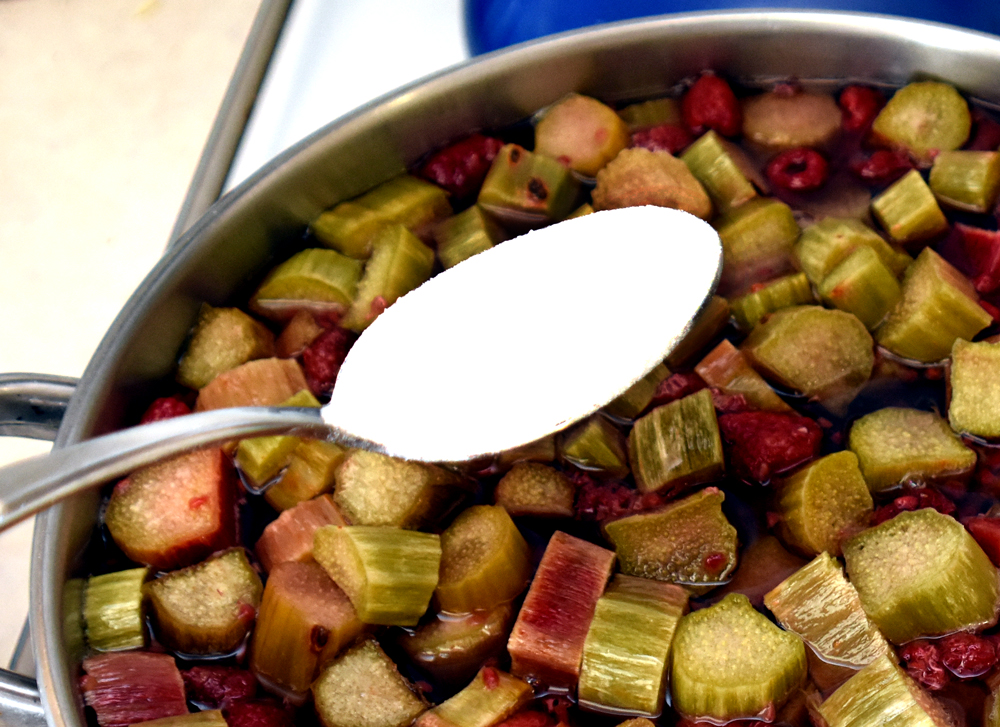
After a few minutes of stirring the mixture hit 160F and I took it off the heat and stirred in a tablespoon of Fermaid K, my favorite nutrient. No real reason to add it at this point except that I had it handy and it was easy to dissolve in the watery fruit soup. Without letting it cool, I poured it into my fermenting pail.
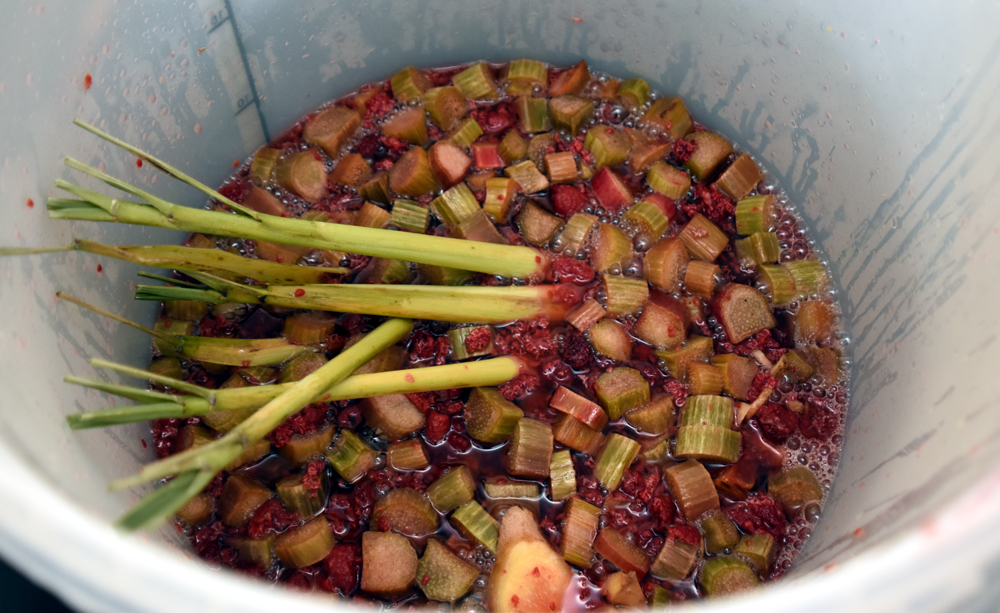
At this point it smelled really good, as the hot liquid release the fragrance from the lemon and ginger.
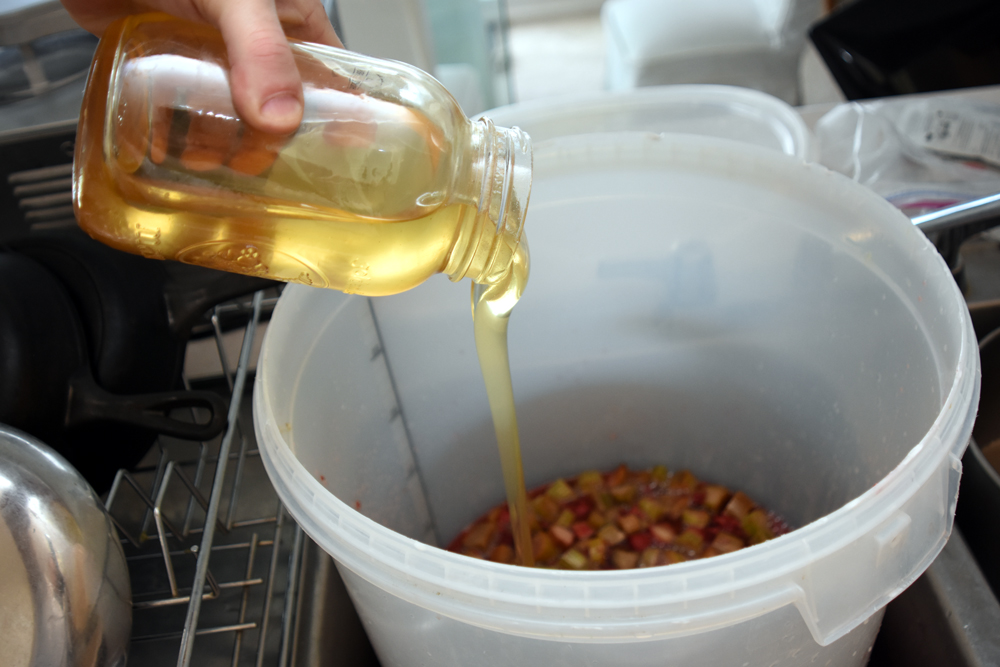
I added the jar of honey and rinsed it out with boiled water.

I topped up the fermenter to 21 litres/5.5 US-gallons with lukewarm water. If I’d been using a standard wine yeast I would have used cold water to bring the temperature down, to reduce ester production. However, I chose to use Belle Saison yeast, which has a spicy, somewhat estery profile which shows off even more when it’s fermented above 80F. Yeast like this is what gives Saison and Farmhouse ales their peppery-spicy zing.
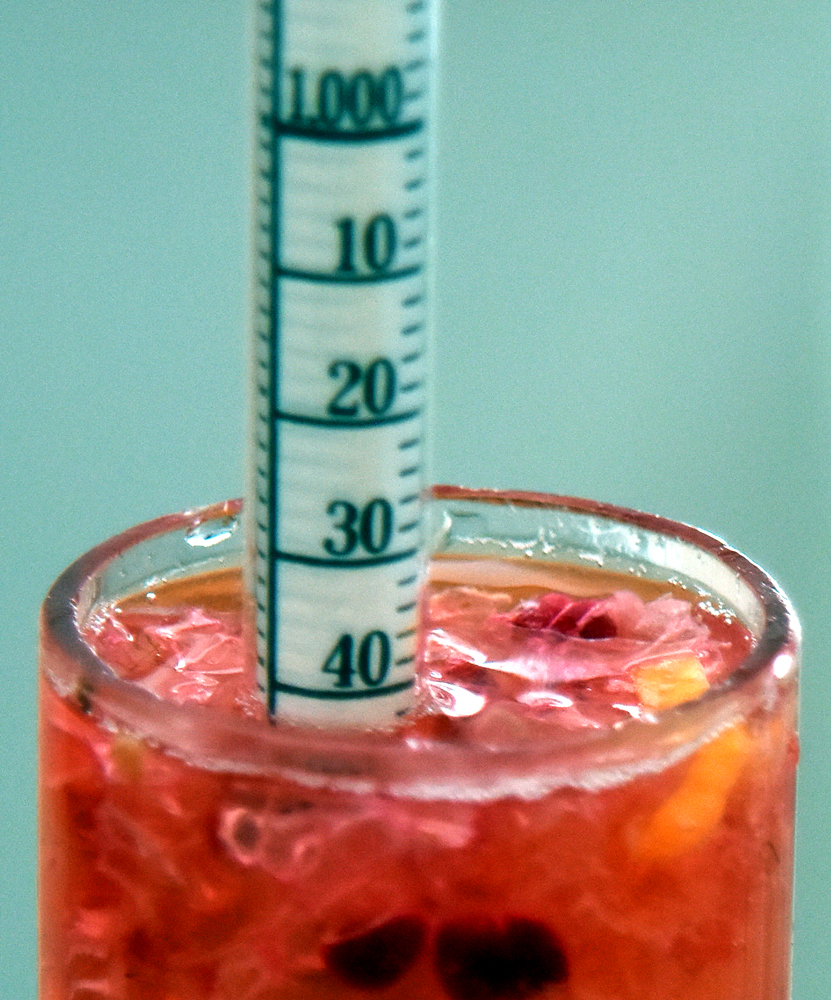
Just before I pitched the yeast I took a hydrometer reading. Honey adds about 35 points of gravity per pound, per gallon. I couldn’t be sure that this honey was as dense as normal: it seemed to flow pretty freely, but 35 is close enough for back-of-the-envelope.
Sucrose adds about 46 points of gravity per pound, per gallon.
I added 4 pounds of honey: 4 x .035 / 5.5 gallons = 1.025
I added three pounds of sugar: 3 x .046/5.5 gallons = 1.025
Therefore, at 60F/15C, my starting SG should be around 1.050. A reading of 1.044 at 80 F corrects to . . . exactly 1.050.
Those numbers are so close it’s spooky. I probably did something wrong.
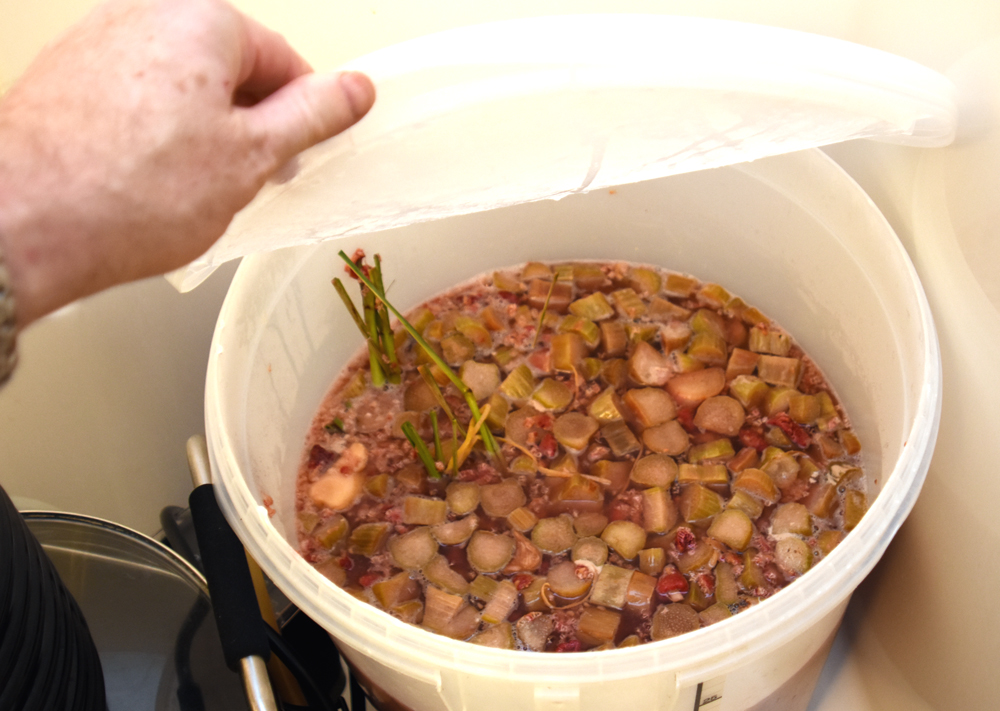
After that, I pitched that yeast, sealed the fermenter and put it aside for five days. It started fermenting within four hours and was fizzing angrily within 12, putting out a really great smell.
Next Blog: stabilizing, clearing, back-sweetening, filtering and carbonating. Still a ways to go to the mead seminar.

I’m kind of shocked that with all the access to grape must you have you haven’t ever made a Pyment. There’s not many commercial examples of payment but all the ones I’ve made have been tasty with great fruit notes. I’ve got four gallons ready to be bottled now from my neighbors grapes.
Ross,
This is really only the second time I’ve ever made mead. Like I say in part one, I didn’t even eat honey until just now!
Pyment, you say . . . maybe there’s something to that.
Tim
Give it a whirl. I usually use Wyeast 1388, staggered nutrient additions, and lightly sulfate the must if I’m pressing myself. I’ve had good results from Muscat, Riesling, and a rather tart green grape that was growing in my yard. I’ve used a variety of honeys but all with mild flavors because I want to showcase the grapes. I’m usually shooting for something in the 11-13% ABV range to be sipped and savored.